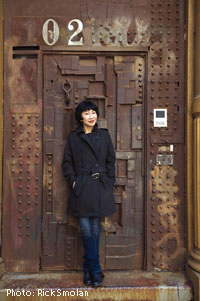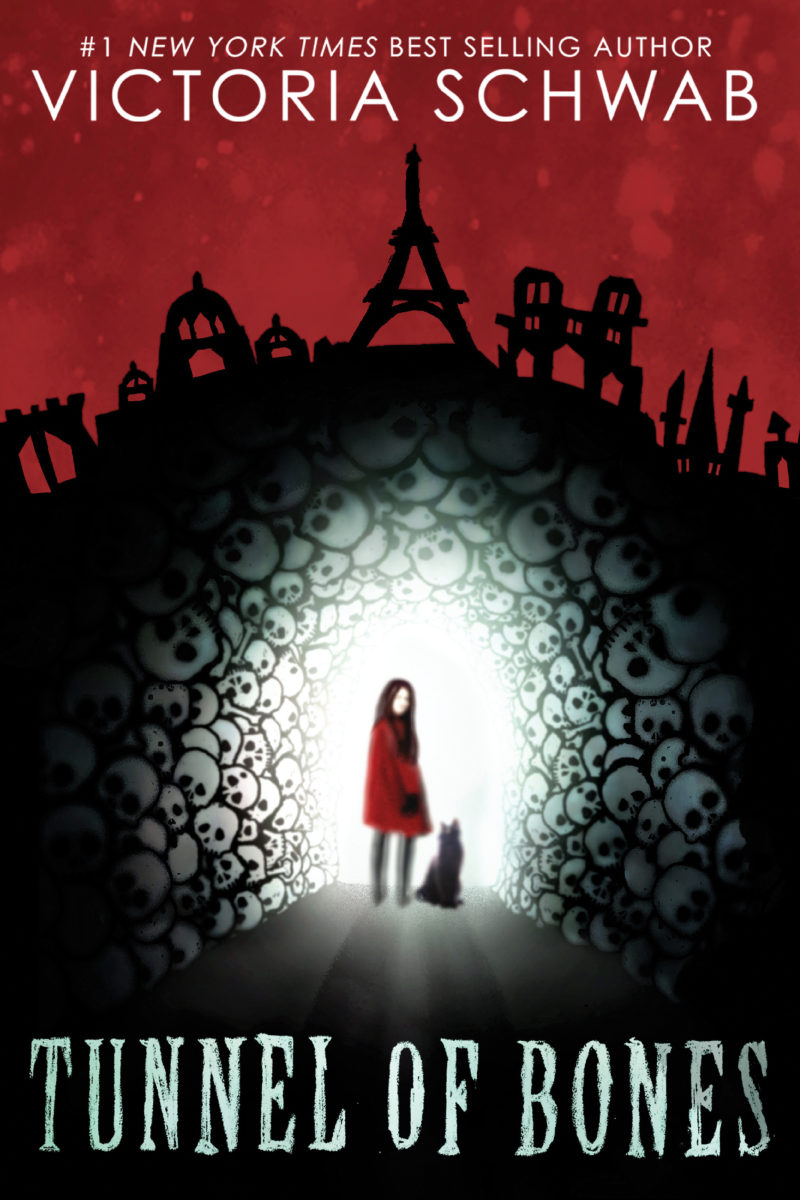A Genuine Heart
In her new novel, Amy Tan depicts the life of a Shanghai courtesan
When Violet, the young heroine of Amy Tan’s new novel, The Valley of Amazement, is receiving instruction in the ways of a successful courtesan, she’s told, “Forget about love. You will receive that many times, but none of it is lasting.” Like so much advice, this counsel, delivered by a retired member of the profession, turns out to be both wise and useless. In the decades that follow, Violet does indeed find that love is almost always false or fleeting, but giving up on love is simply not in her nature. In a world of professional mistresses who excel at mock romance, she is passionate and hungry for the real affection she believes she’s been deprived of since childhood. Her genuine heart makes her troubled life—which often requires her to be deceptive and distrust or deny her own feelings—doubly tragic. Through Violet’s travails, Tan explores again some of the themes that have been hallmarks of her fiction, including the search for identity, women’s struggles in a male-dominated world, and the complex emotions between mothers and daughters.
The Valley of Amazement is set mostly in Shanghai during the first decades of the twentieth century, which were years filled with political and social upheaval in China. In this hefty novel, all that history serves as background to the story of Violet Minturn, the child of a glamorous American woman known as Lulu Mimi. Lulu is a madam, the proprietress of a combined “first-class” courtesan house and Western-style social club in a fashionable part of the city. In 1905, when the novel opens, Shanghai society is rigidly segregated and stratified. The city’s wealthy and powerful foreigners, many of them Americans, look down on the Chinese, and the Chinese, in turn, resent the Westerners. Lulu’s establishment, called Hidden Jade Path, is one of the few places where well-to-do men from both groups can socialize and do business as equals—although the erotic services of the courtesans are for Chinese customers only. (The courtesans are repelled by the idea of sleeping with foreigners, considering them crude and likely to carry syphilis.)
 In this fraught environment, little Violet, just seven when the story begins, is keenly conscious of her uncertain status. She feels ignored by her powerful mother, who seems to lavish all her attention on her clients. She takes some comfort in the prestige of being American until she learns that her absent father is actually Chinese, making her a half-breed and, in her own mind, “half-hated.” Still, she enjoys a life of relative privilege until she’s fourteen, when a villainous Westerner manages to separate her from her mother and sell her as a valuable young virgin to another courtesan house. Thus begins her long journey of sexual servitude, abuse, and tragedy—along with moments of true happiness and understanding.
In this fraught environment, little Violet, just seven when the story begins, is keenly conscious of her uncertain status. She feels ignored by her powerful mother, who seems to lavish all her attention on her clients. She takes some comfort in the prestige of being American until she learns that her absent father is actually Chinese, making her a half-breed and, in her own mind, “half-hated.” Still, she enjoys a life of relative privilege until she’s fourteen, when a villainous Westerner manages to separate her from her mother and sell her as a valuable young virgin to another courtesan house. Thus begins her long journey of sexual servitude, abuse, and tragedy—along with moments of true happiness and understanding.
Violet’s story is tortuous, with more twists and turns than the streets of Shanghai, but Tan places it within the context of a fascinating, coherent world that makes all the drama plausible and real. It’s obvious that a tremendous amount of research went into the novel, which describes the daily life of courtesans in such detail that any romantic myths about them are swept away. Tan makes it clear that courtesan houses traded in a form of sexual slavery, complete with the cruelty that comes with such exploitation. At the same time, we see that courtesans were the lucky ones, faring far better than the girls and women who fell into ordinary street prostitution. In a culture where even wealthy married women had little autonomy or power, a clever and successful courtesan could live a fairly independent life. And, as Tan portrays it, courtesan life often provided the consolation of female friendship—a pleasure not necessarily found within a traditional Chinese family
In her effort to depict the lost world of the courtesan, however, Tan doesn’t lose touch with the deeply personal struggles of her heroine. Violet is a spirited survivor, subject to the whims of culture and fate but never a simple victim of them. Near the end of the novel, she contemplates all the identities that have been assigned to her—“an American girl in my sailor dress, a virgin courtesan in a high-necked silk jacket, an American widow with streaming tears, a Chinese wife with a black eye.” The beauty of Tan’s novel is that Violet is never reduced to any of those identities. She is always a whole, complicated human being, seeking love and experiencing life with an authentic heart.
Amy Tan will discuss The Valley of Amazement on November 18, 2013, at 6:15 p.m. at the Hume-Fogg Academic High School Auditorium in Nashville. The event, which is free and open to the public, is part of the Salon@615 series.


